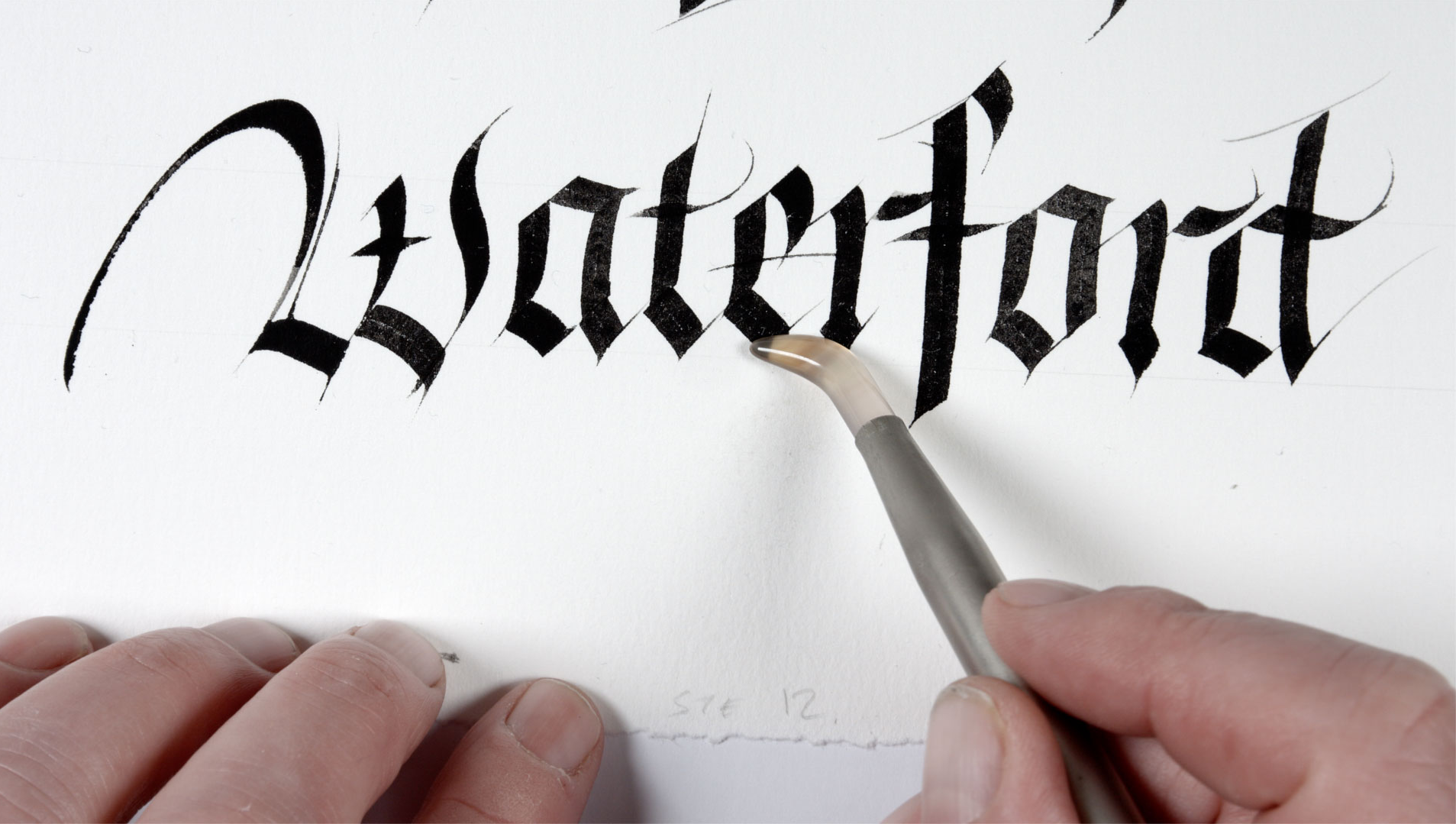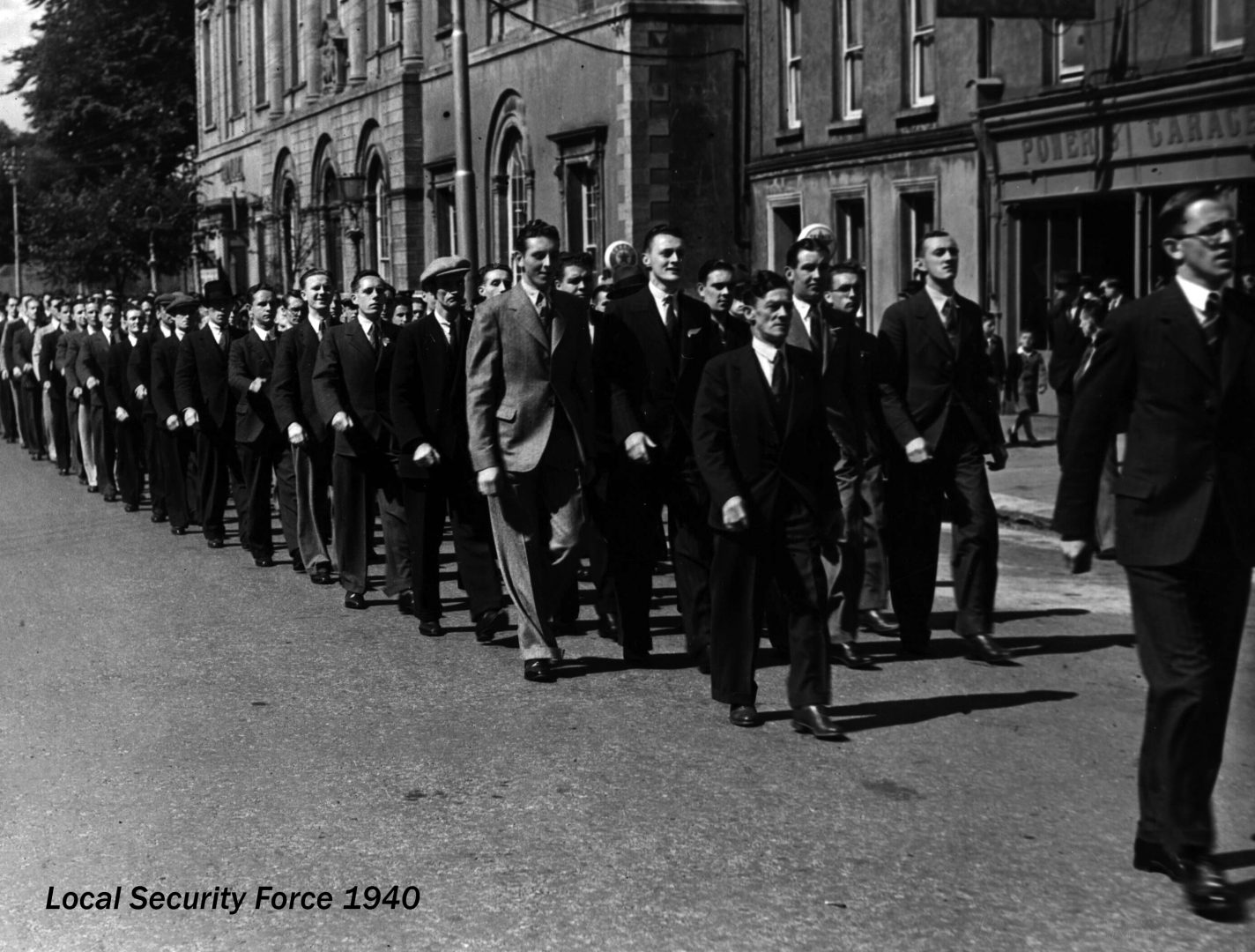
Today marks our first blog in #GeorgianJanuary, a month-long online celebration of all things to do with the eighteenth century. Each day of this month is dedicated to a different topic, which you can see across Instagram and Facebook as well as various Georgian blogs around the world – today’s topic: Travel!
Perhaps the best-known major travel event (at least for young, wealthy men), was the Grand Tour, a months-long (or occasionally even years-long) trip across Europe undertaken by many Irishmen in this period. For some, it was a time of rapid education designed to make them men of the world, for others, it just meant access to new and exotic pleasures they couldn’t get at home, but invariably, the Grand Tour left a lasting impact of the men who undertook it.
This tour was restricted solely to the richest sons of Ireland in this period. Today it is not uncommon for wealthy teenagers to take a ‘Gap Year’ where they travel the continent of Europe as well as further afield, but in the eighteenth century, it was less a novelty and more a rite of passage for the sons of important families. Usually they went at age 21, when they had reached the legal age of majority in those times, however some could be sent as early as 18 if their parents feared for their reputations as they began to indulge in the pleasures of alcohol and sometimes; women.
This was the case for our case study today – James Caulfeild, the 1st Earl of Charlemont. Remembered best as a learned man and great traveller, in his late twenties Caulfeild became the darling of Irish society in Dublin, but as a teenager, his mother in particular became terrified that her son would be utterly debauched and ruined, as he began to slide into a way of life which was not exactly socially-acceptable. There was only one course of action – to send him away from the bad influence of Dublin city, and put him on a Grand tour.
There was usually an accepted itinerary for the Grand Tour: stops in France to refine one’s manners, and a long stay in Italy to experience the wonders of the ancient and modern world were essential. Depending on the time spent on tour, the plans could be altered to suit the traveller. These young men never went alone either, they were always accompanied by an approved chaperone (to protect them from less scholarly excursions while abroad) and a specialised guide called a cicerone (named for Cicero, the ancient Roman philosopher, orator and statesman) who was hired specifically to unlock all the hidden delights Europe had to offer.
Caulfeild was on tour from 1746 to 1754, so he saw almost everything a young Irishman could find to entertain him in Europe in those days. In France and Holland, he cultivated a deep love for classical art which defined him when he returned home. In Turin, he became a close personal friend of David Hume – a friendship that lasted throughout his life. In Rome, he developed a deep and profound respect for the Pope, regarding him almost as family by the end of his stay. In Turkey, which was then the Ottoman Empire, he fully explored the social workings of the country, became acquainted with its legal system and generally praised the culture there. He did have a number of issues, on one hand he abhorred the relaxed attitude to homosexuality which the ottomans had (attributing it to overindulgence of the senses and a need for novel experiences), and he later got in some trouble for visiting Turkish baths as the plague was known to spread liberally in their damp and steamy atmosphere. In Egypt he acquired a number of artefacts from the ancient empire which he took back with him to Ireland and used to decorate his home.
It is probable that his tour had a positive effect on Caulfeild, particularly on his health (in his youth he was known to be pale and sickly), if the following account from well-known Irish diarist, Mary Delaney is anything to go by: “Thursday, Lord Charlemont, his brother and sisters, dined here. He is perfectly recovered, and a very agreeable (ugly) man – sensible, lively, and polite”. Young men went on a Grand Tour primarily to improve their education, ad a stop-ff in France was mandatory to improve one’s manner – though it seems the trip could do nothing for Caulfeild’s looks according to Mrs. Delaney! After returning to Ireland following his 8 year (!!!) holiday (that’s one way to beat the January blues), Caulfeild became well-known for his extensive travel and was lauded as a scholar and uniquely educated young gentleman.
Perhaps the best-known result of his European education and the lasting mark he has left on the face of Ireland is his Casino at Marino (Casino in this case not meaning what we usually take it to, but referring instead to a little house – based on the Italian: casa for house and the suffix ino for little). The Casino is sometimes referred to as an eighteenth century Tardis! but is usually accepted as the finest example of neo-classical architecture anywhere in the country. Later in life he went into politics, working alongside Henry Grattan, setting up the Irish volunteers (which is why you will often hear him referred to as the ‘Volunteer Earl’) and strongly opposing the idea of a union between Britain and Ireland. It was here that his European education came in particularly useful, as all his lasting friendships with philosophers and statesmen across the continent led to his introducing several modern and enlightened ideas at home in Ireland
Here in Waterford Treasures we actually have a number of object links to Caulfeild, despite the fact that he lived his life in Dublin. Firstly, we acquired part of his celebrated porcelain service as part of the Synnott collection in 2018. The blue and white dish is widely regarded as one of the finest porcelain services made for the Irish market during this time, which is telling of the fine tastes he cultivated in Europe. The plate is done in the traditional Chinese style of blue enamel on white porcelain, and is ringed with the collar of the Order of St. Patrick – which Caulfeild was one of the founding knights of! As well as that, the Irish Museum of Silver, which will open this year, features a piece of Caulfeild’s collection of personal silver – a salver with his coat of arms also stamped upon it.
The Grand Tour, and travelling to unlock scholarly potential was a vital part of aristocratic society in the eighteenth century, and for some – like Caulfeild – it was the key to finding your place in the world. For Caulfeild, it set his reputation for being cultured and made him a beloved figure in Dublin and further afield, it set him up for a life in politics and allowed him to make important changes to the way Ireland operated and it was he is best remembered for today (that’s not to say all his pursuits were scholarly, we no longer have his diaries, but we know from other writings that he got up to some things in Turkey that wouldn’t exactly make his parents proud).
So, if you enjoy this kind of history, make sure to check out the #GeorgianJanuary hashtag across the web, you never know what you might find!


